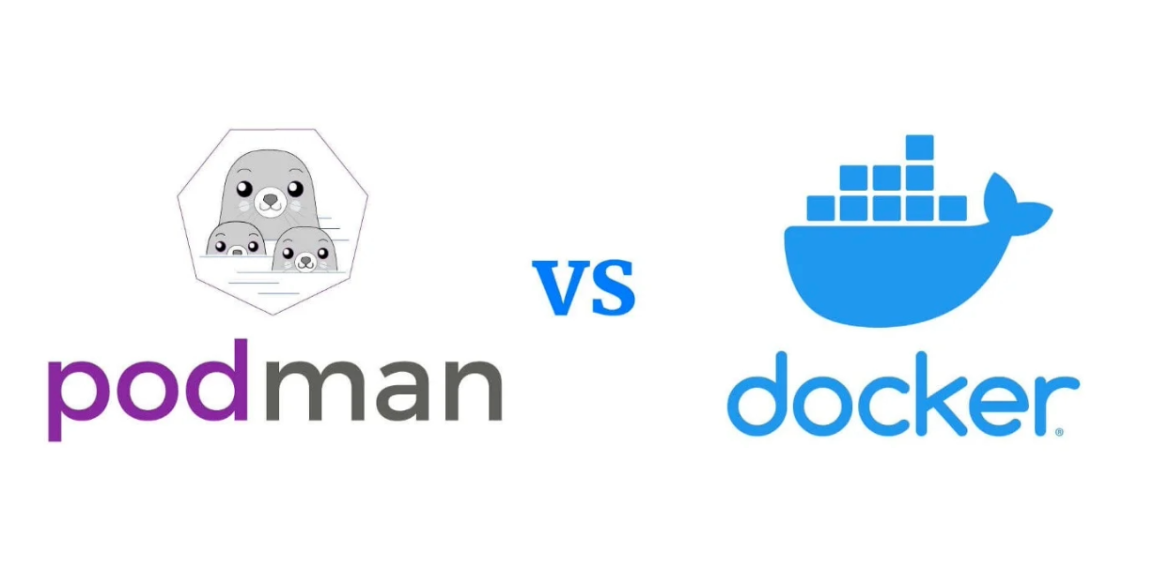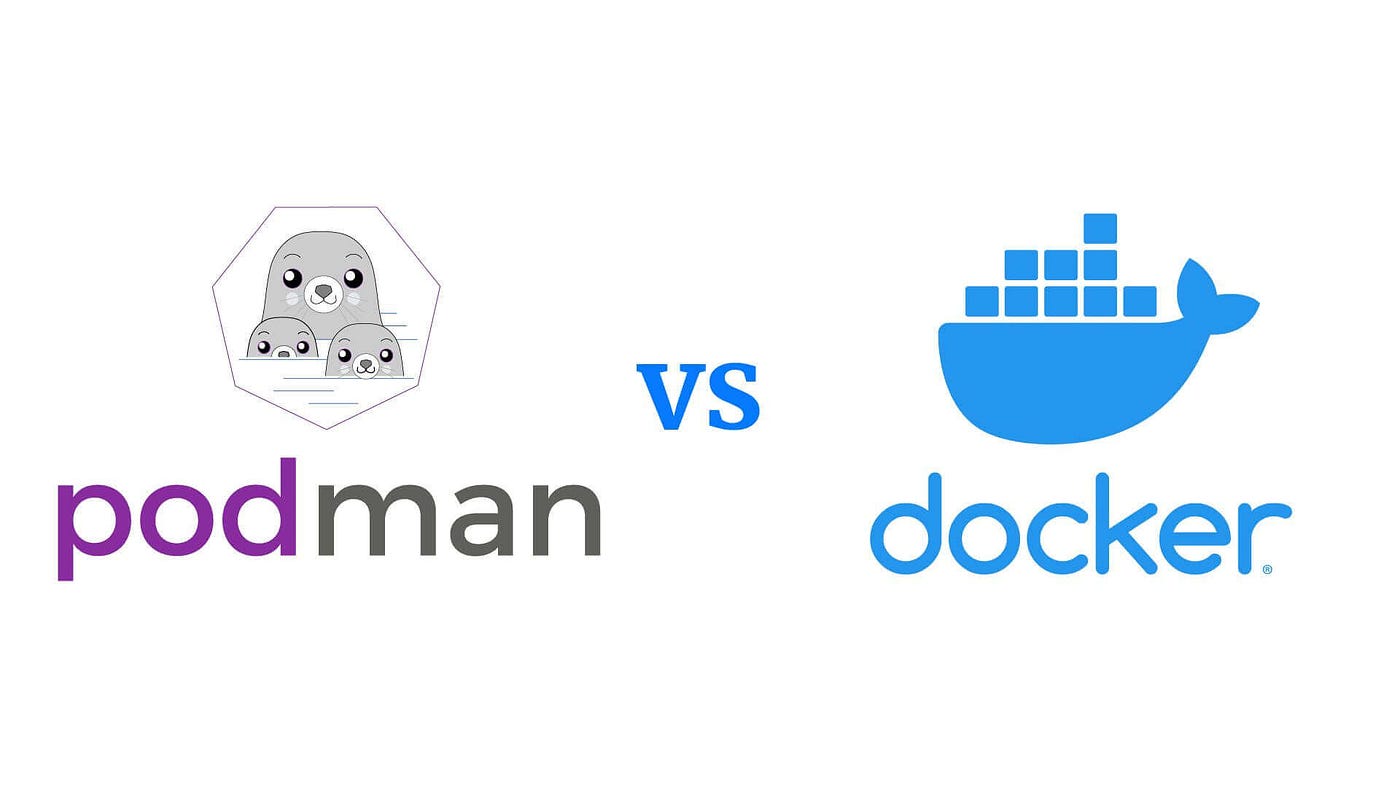
Docker Vs Podman : Which one to choose?
Docker Vs Podman : Which one to choose?
What is Docker?
I like to think about Docker as an oversized ship which will carry numerous boxes (containers) with distinctive purposes and identifiers. These boxes contain items that are unique is required to form that specific box useful for the company/person who has asked for it to be shipped. these things are first manufactured within the factories that have templates to breed such items( images) . These items(images) are packaged into the boxes(dockerized/containerized)in such a fashion that they’re useful for somebody who has asked them to be shipped.

Implementing a scalable secure and reliable DevOps ecosystem has become a DeFacto for every kind of tech-oriented businesses and then has become a containers that helps developers build, package, test, and deploy applications independently across all the servers and OS platforms.
Having said that the choice of the correct containerization tools has also become an even bigger question that an answer architect/CTO of any organization has got to decide while finalizing their system architecture in spite of everything it’s visiting impact the technology budget and also the business of the corporate overall.
Some of the strong contenders during this race are:
- Docker(docker desktop, compose, swarm, etc)
- PodMan
- Rkt
- Kubernetes
- Nomad
We’re now comparing Podman and Docker, the quality containerization tool for nearly a decade, as these two technologies have fundamental differences but also are perfectly suited to figure together.
If you are a pure techie and confused with the above story here’s an easy explanation for you
Docker, an open-source virtualization platform, aims to create developer’s lives easier by creating PaaS (platform-as-a-service) applications. Containers, which are often incompatible with or incompatible with this OS, are created, built, and tested using Docker, a PaaS product.
Wanna know more about containers. Read our recent blog on containers.
What is Podman?
Podman is an open source tool that runs containers and container clusters. it’s kind of like Docker, which may be a well-known container tool. Podman provides a straightforward computer program that needs no prior knowledge of the command-line to use it.
It also uses a deamon-less architecture which implies it doesn’t use any daemons for managing containers on the host system. This architecture design has some disadvantages, for instance it doesn’t support high availability and cluster management like Docker does. But on the opposite hand, it doesn’t have any running background processes or daemons which makes its footprint much smaller than Docker’s when deployed on long running servers like data centers.
If you are an IT professional and want to keep up with latest tech news, updates and guides. Subscribe our newsletter. It will be a great pleasure for us to keep you informed.

Differences b/w Docker and Podman?
In this section we’ll attempt to learn some key differences between the two, having said that the intent isn’t to make a decision the winner or loser as both of them exist for a standard reason but to assist you create a conscious decision while keeping your requirement into the consideration
-
Architecture differences
Docker uses a daemon, an ongoing program running within the background, to make images and run containers. Podman includes a daemon-less architecture which suggests it can run containers under the user starting the container. Docker features a client-server logic mediated by a daemon; Podman doesn’t need the mediator. Containerd is employed by docker to drag any docker images that’s lying in any public or private repositories. Unlike docker Podman uses conman.
-
Security
Docker daemon runs with elevated root access which could be a security loophole. Rootless containers avoid this by allowing non-privileged users to run containers through the employment of user namespaces. Podman enables running and managing rootless containers which makes it more reliable.
Docker recently added rootless mode to its daemon configuration following the footstep of Podman
-
Building images:
Docker is self-sufficient when it involves building container images whereas Podman relies on Buildah, which expresses its specialized nature
-
Pods
Podman, matching its name is tailor-made to make pods. Pods are the simplest way to prepare and group multiple containers under one entity name, unlike Podman docker doesn’t support pods.
Which one to choose?
You can choose Docker if:
- You need a sturdy container orchestration ecosystem. Docker may be a go-to tool and with an outsized community, you’ll expect all the support available if you are feeling stuck somewhere while implementing it
- You are looking to implement container orchestration with none problems and with good support. Docker swarm support makes docker stand compared to Podman because it has got to depend on alternatives that don’t seem to be as feature-rich as Docker Swarm or Kubernetes.
You can choose Podman if:
- You need a secure and reliable system. Podman’s architecture is inherently designed to be safer than Docker’s thanks to the rootless and deamon-less architecture.
- You are looking to maneuver to Kubernetes for your container orchestration needs afterward. Podman is tailor made to support the concept of Pod which could be a key object utilized by kubernetes. Want to urge a practcial and deep understanding about kubernetes
If you’re someone who are looking to modrenize your application by implementing containers. Feel free to connect with us for a free consultation.

